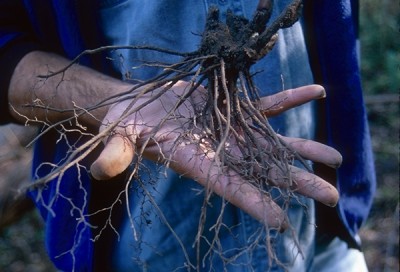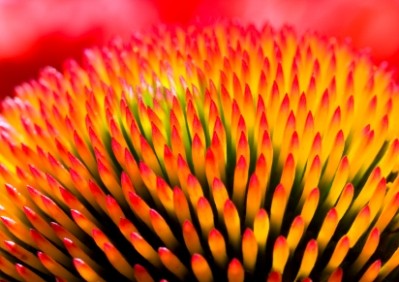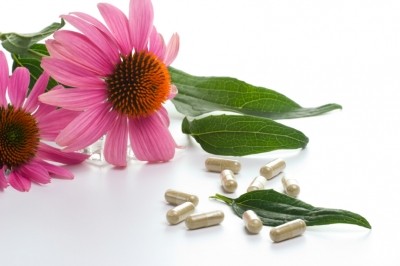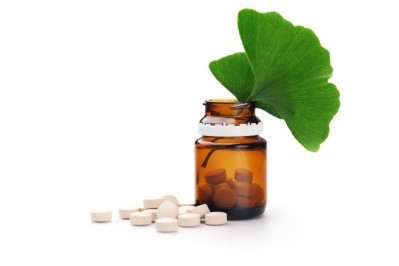ABC article details many facets of black cohosh adulteration
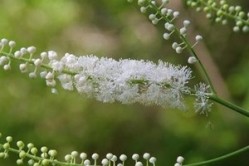
Black cohosh has been in the market for more than 60 years, according to ABC, and interest in the ingredient has increased at an accelerating rate. As a result the herb cohosh (Actaea racemosa; synonym, Cimicifuga racemosa), which is frequently used as a support in cases of menopause symptoms and other conditions relating to female reproductive health, has shown increasing incidences of accidental and economically motivated adulteration with lower-cost Chinese species whose scientific names may appear similar.
Liver toxicity libel
This confusion is cited as one reason the herb may have gotten a bad rap in recent years. An updated liver toxicity database published by the National Institutes of Health in late 2012 included black cohosh among its substances of concern. The free database of evidence-based information is meant for health care professionals and for researchers studying liver injury associated with prescription and over-the-counter drugs, herbals, and dietary supplements.
“With black cohosh specifically, there is still no known adverse affect with black cohosh with respect to liver damage,” said Mark Blumenthal, executive director of the American Botanical Council.
“The USP empaneled a group to look at this question because there had been reports of dietary supplements labeled as containing black cohosh causing liver damage.”
The case reports that were included in the NIH liver toxicity database apparently included reports of products that had been adulterated with any of the three Chinese species that turn up in this guise, Blumenthal said.
Part of adulterants program
The new article, written by Stephen Foster and published in ABC’s quarterly publication Herbalgram, is the latest in a series from the ABC-AHP-NCNPR Botanical Adulterants Program. The report examines the many facets of the real concern of black cohosh adulteration, including confusing nomenclature, market economics, history of alleged liver toxicity possibly associated with the adulterants, and analytical tests available to ensure correct identity of black cohosh.
"Any designation of a botanical material or finished product in the US by the common name of 'black cohosh' on product labels (and presumably in the supply chain) is required to be Actaea racemosa and no other species," the article states.
To apply the name "black cohosh" to any other species violates federal law, resulting in misbranding of the finished product offered to consumers.
"The sheer volume of offerings, prices ranges, varied specifications, and differing species listed as 'black cohosh extract' from Chinese sources requires that the daunted buyer [in the herb industry] attempting to source black cohosh work closely with a qualified analytical lab to authenticate black cohosh extracts before securing any supply source," the report says.
In 2002, reports of alleged liver toxicity related to black cohosh began to appear. "Mislabeling or confusion may be due to simple language and translation variations, or, in some cases, the actual intent to sell a lower-cost material that is not an acceptable substitute for authentic North American black cohosh. However, these are possibly moot points as all of the identification and authentication scientific tools necessary to distinguish authentic black cohosh from any other plant materials of any origin are readily available," the article states. Put more baldly than ABC is wont to do (at least in print), a manufacturer can easily put out an authentic black cohosh supplement if they are willing to invest the resources to do so.
“From this point on, there is literally no excuse for any manufacturer or reseller of herbal dietary supplements to purchase raw material or extracts labeled as being 'black cohosh' without conducting appropriate analytical procedures to verify and authenticate the herb's proper identity," Blumenthal said. "In our view, anyone offering for sale the Chinese species of Actaea (primarily A. cimicifuga, A. dahurica, A. heracleifolia, and A. simplex) as 'black cohosh' is most likely knowingly selling adulterated material.”
Testing procedures
A number of laboratory authentication methods are outlined by Foster, including various types of chemical testing and the more recently developed DNA fingerprinting. The report also cites the American Herbal Pharmacopoeia's (AHP) 2002 black cohosh rhizome monograph, a comprehensive resource on known adulterants that includes botanical, microscopic, and chemical analyses of black cohosh.2
"This issue of black cohosh adulteration is not new. The black cohosh monographs of AHP and the U.S. Pharmacopeia, as well as a number of analytical papers published the past few years, provide the primary tools needed by industry to develop appropriate specifications and implement the necessary quality control processes to keep adulterated materials from entering into the consumer product market. The key is to get this information disseminated to management, quality control, analytical, and purchasing personnel in the herb and dietary supplement industry. This is the goal of the Botanical Adulterants Program,” said Roy Upton, executive director of AHP.
